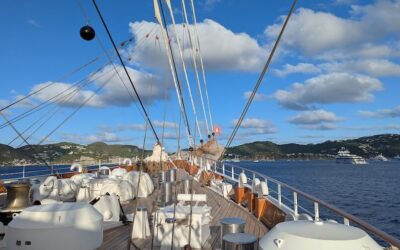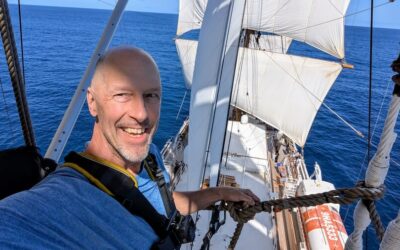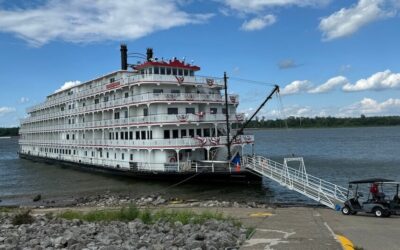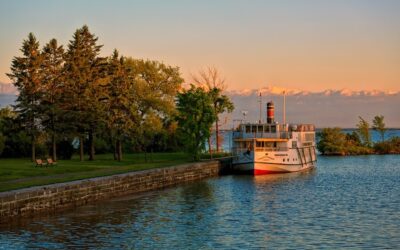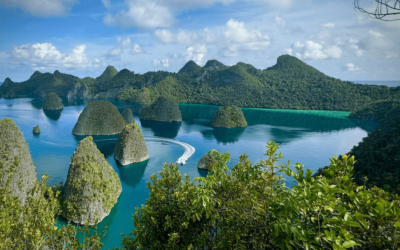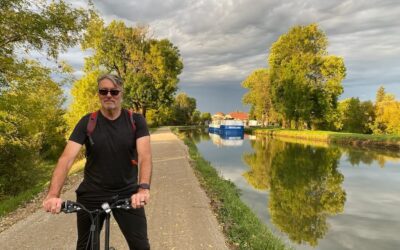Polar Guide Richard White’s Arctic wildlife photography will melt your heart and inspire you to visit the North Pole sooner rather than later. QuirkyCruise.com’s favorite expedition leader and wildlife photographer, Richard just returned from the Arctic, a part of the world he’s been exploring every summer for years as a guide, educator and animal lover. He takes small groups of expedition cruise passengers on Zodiac excursions through the frigid water and on treks across the ice, snow and tundra of the Arctic region in search of breathtaking landscapes and wildlife.
Most Arctic expedition cruises focus on Norway’s Svalbard archipelago, known for its wildlife — polar bears, walrus, seals, whales and sea birds, all living amidst the snow, pack ice, glaciers, mountains and fjords. Longer cruises may also include Iceland and/or Greenland.
For more details about small-ship cruising in this part of the world, read QuirkyCruise’s “Exploring the High Arctic.”
Currently Richard works for EYOS, a purveyor of luxury yacht cruises to the world’s most coveted and remote places, including the polar regions. In the past he’s also guided for Lindblad Expeditions. As you can see, Richard’s an excellent photographer as well; check out his Antarctica photo essay.
Want to know what it’s like to be a polar guide? Read QuirkyCruise Q&As with Richard: Part 1 and Part 2.
Connect with him on instagram @richthebirder or richard@eyos-expeditions.com.
Wildlife & Landscapes of the High Arctic
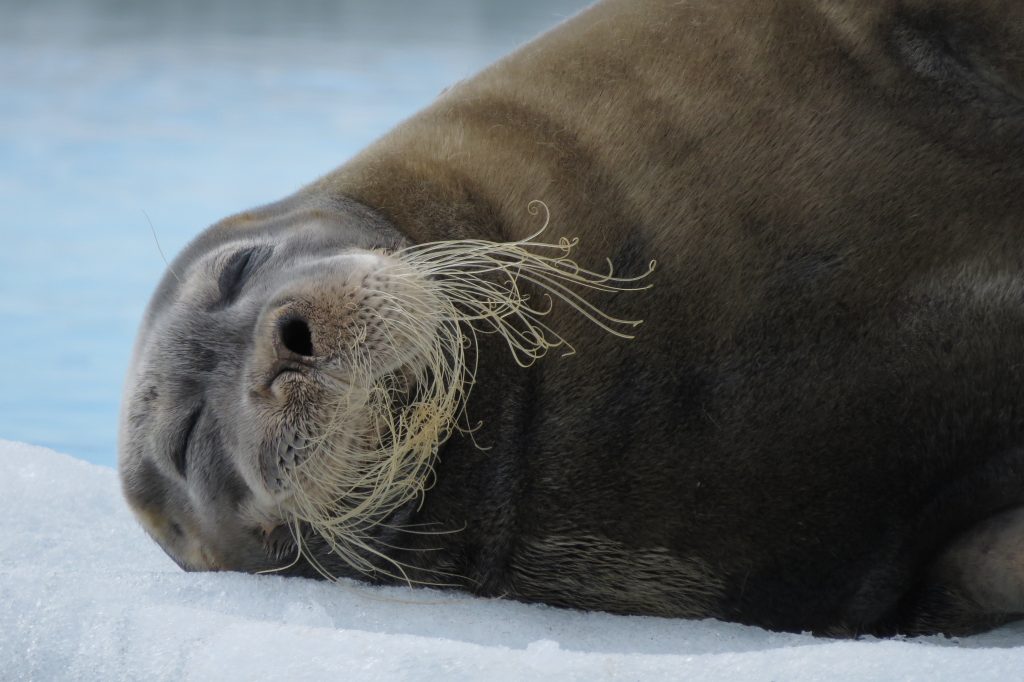
Aside from their incredible adorableness (especially when sleeping!), bearded seals can weigh up to 800 pounds and live to the ripe old age of 25+ years, if they don’t meet their demise earlier. Bearded seals are food for polar bears, killer whales, humans and walruses. * Photo: Richard White
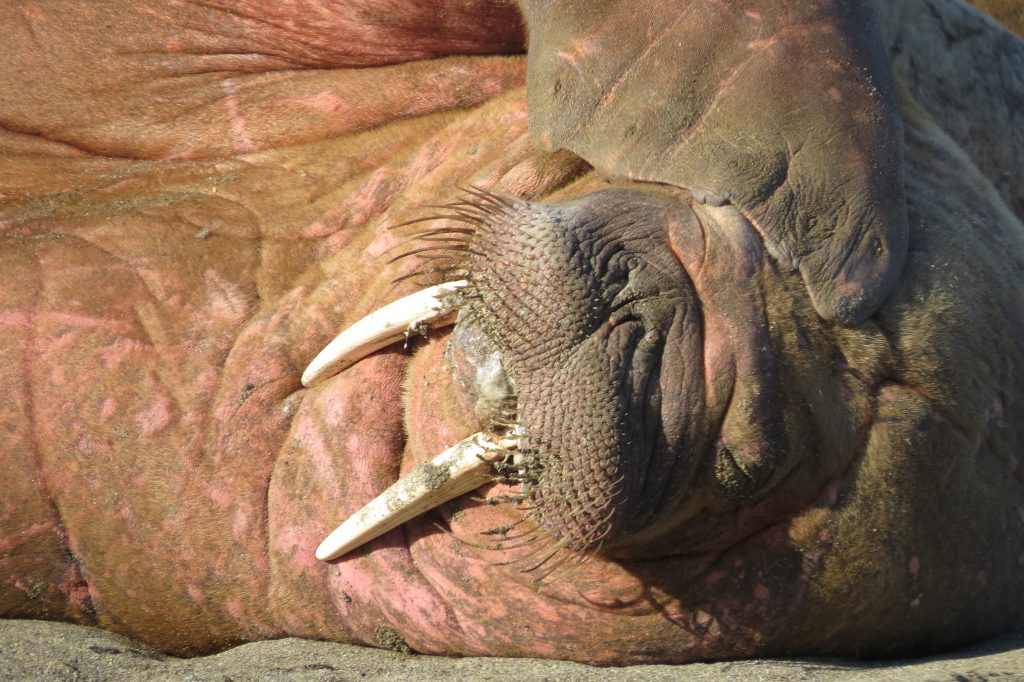
The grandfatherly looking walruses of the Arctic can live up to 40 years and tip the scales at 1.5 tons. * Photo: Richard White
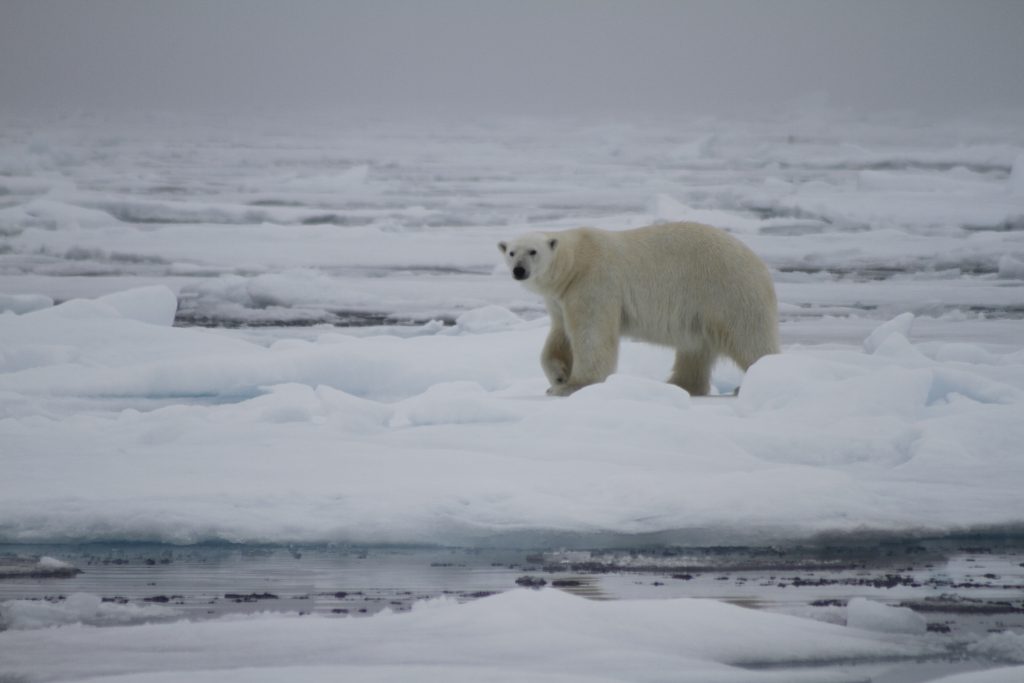
A polar bear on the sea ice of the Arctic. To keep warm, they have a 4- to 5-inch layer of fat covered by black skin and fur. Their small ears and compact tails also conserve heat. * Photo: Richard White
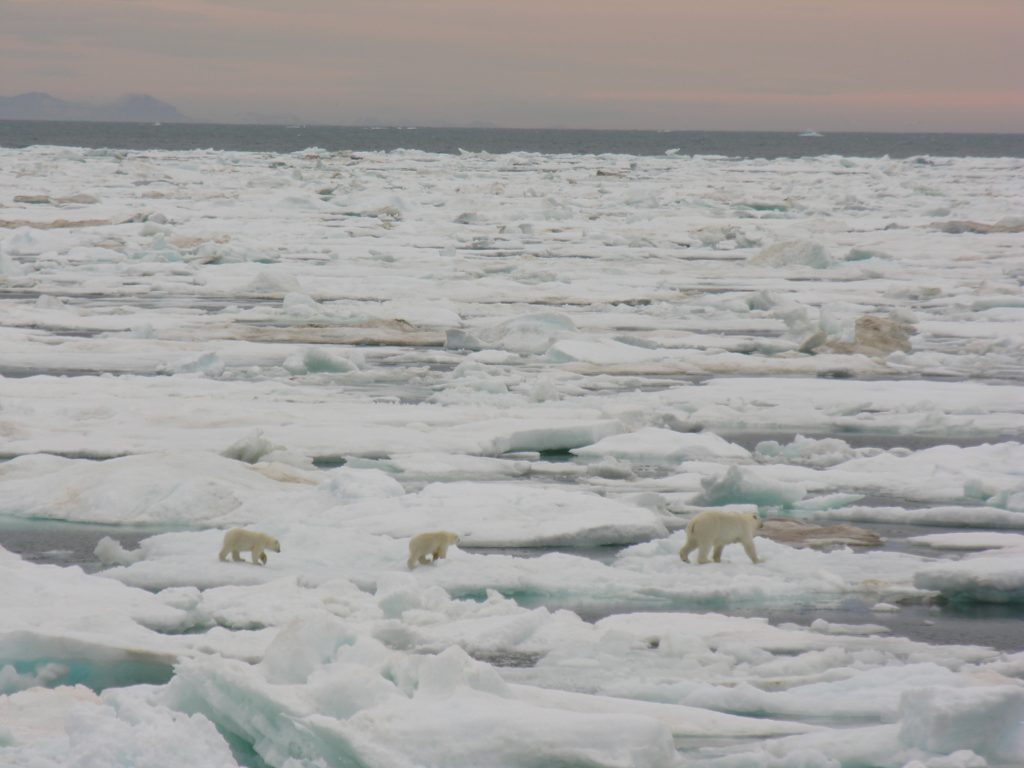
Polar bear paws and claws are ideal for roaming the Arctic ice. When they sense thin ice, polar bears spread their legs apart and lower their bodies to distribute their weight. Their paws and 2-inch claws also help them get a grip on slippery bits, catch and hold prey, and propel them through the water when swimming. * Photo: Richard White
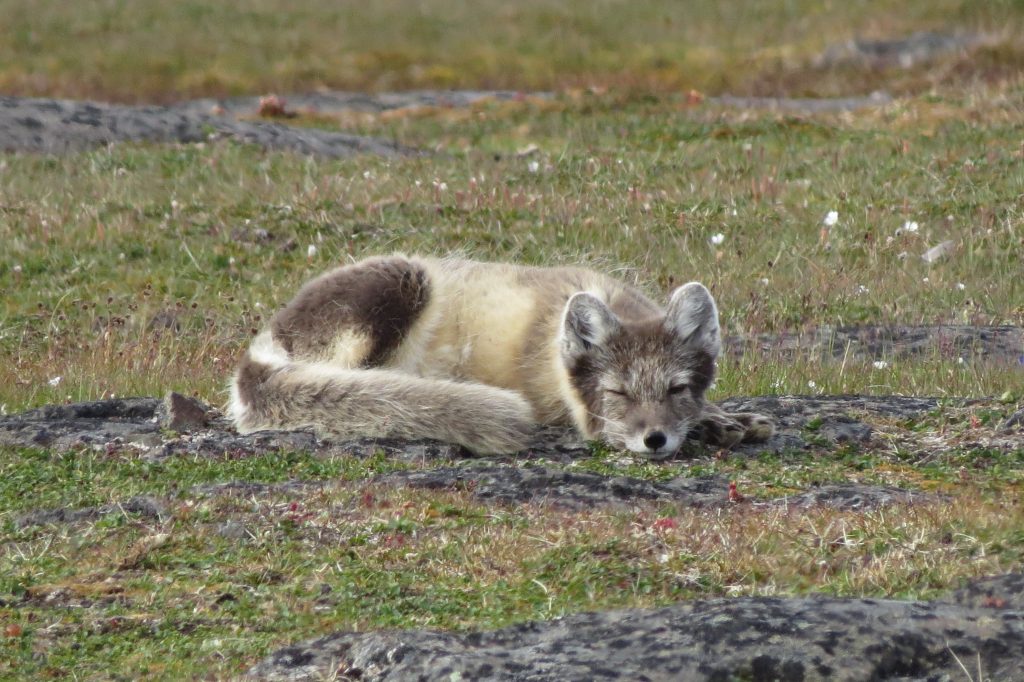
An Arctic fox in its brown ‘summer’ coat on the tundra. In the winter, the hardy foxes sport beautiful white coats that camouflage them in the snow and ice. The little guys typically weigh 7-17 pounds and live a short 3 to 6 years. * Photo: Richard White
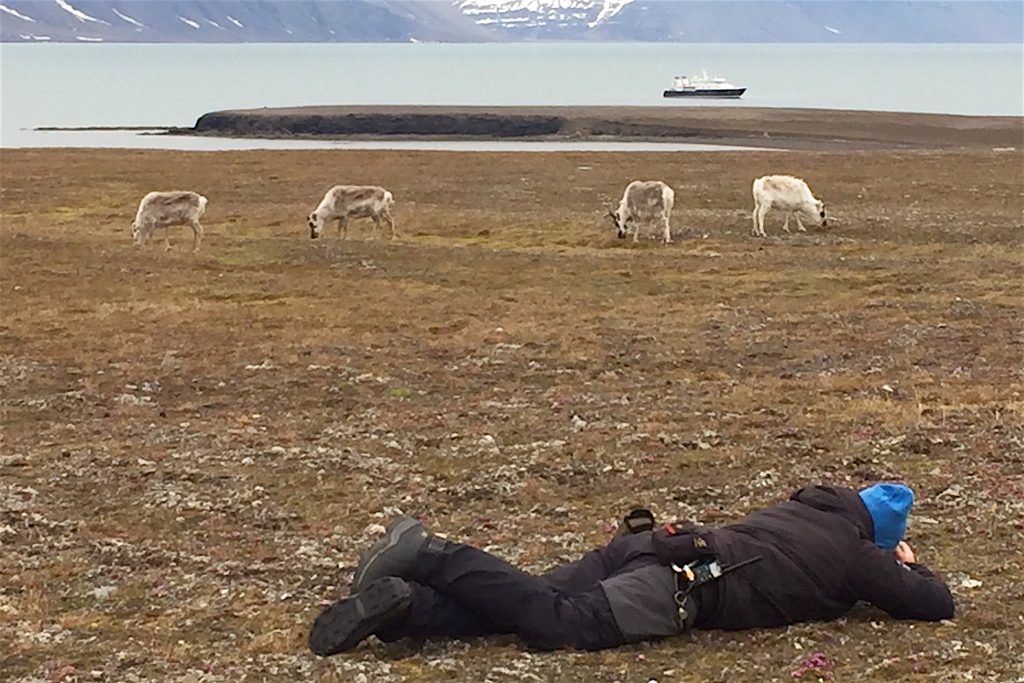
On the tundra watching reindeer, with the MY Hanse Explorer in the background. Reindeer are the only mammals that grow new sets of antlers annually, both the males and females. * Photo: Richard White
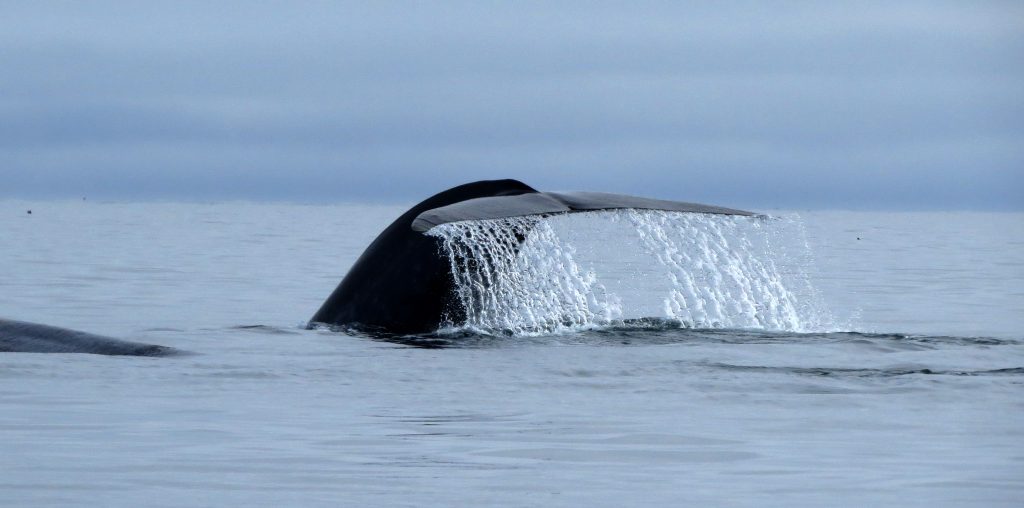
A massive blue whale flukes, lifting its tail, before diving down for prey. The dives typically last 5 to 20 minutes to depths of about 300 to 400 feet. Blue whales are rarely seen breaching (that is, lifting all or most of their bodies out of the water) * Photo: Richard White
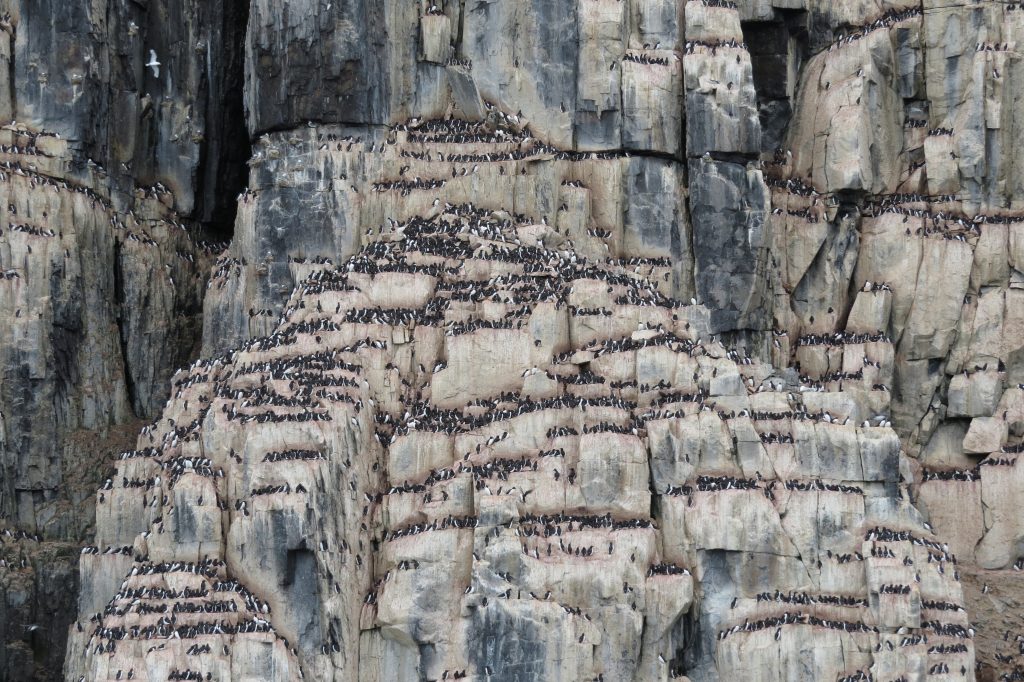
The Arctic’s Svalbard region is one of the world’s best wild places to see birds. Here, stout, sturdy Brunnich’s guillemots dot the sea cliffs at Alkefjellet like embroidery on a quilt or maybe a terrazzo wall. * Photo: Richard White
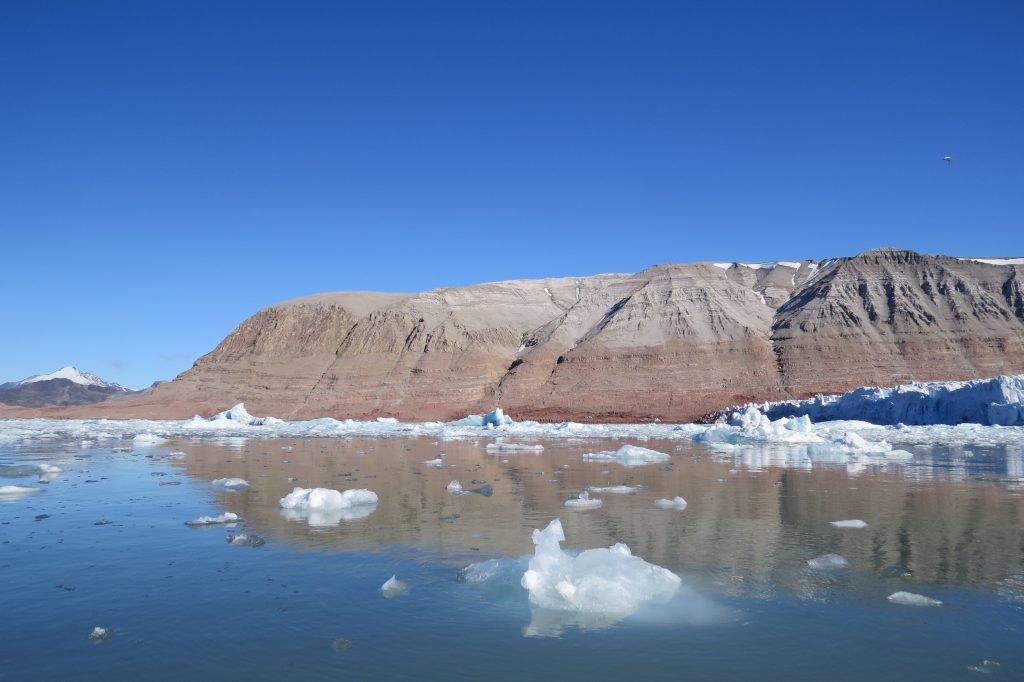
Serene landscape and glacier ice in Krossfjord, an 18-mile-long fjord along the west coast of Spitsbergen, the largest and only permanently populated island of Norway’s Svalbard archipelago. * Photo: Richard White
© This article is protected by copyright, no part may be reproduced by any process without written permission from the author. All Rights Reserved. QuirkyCruise.com.

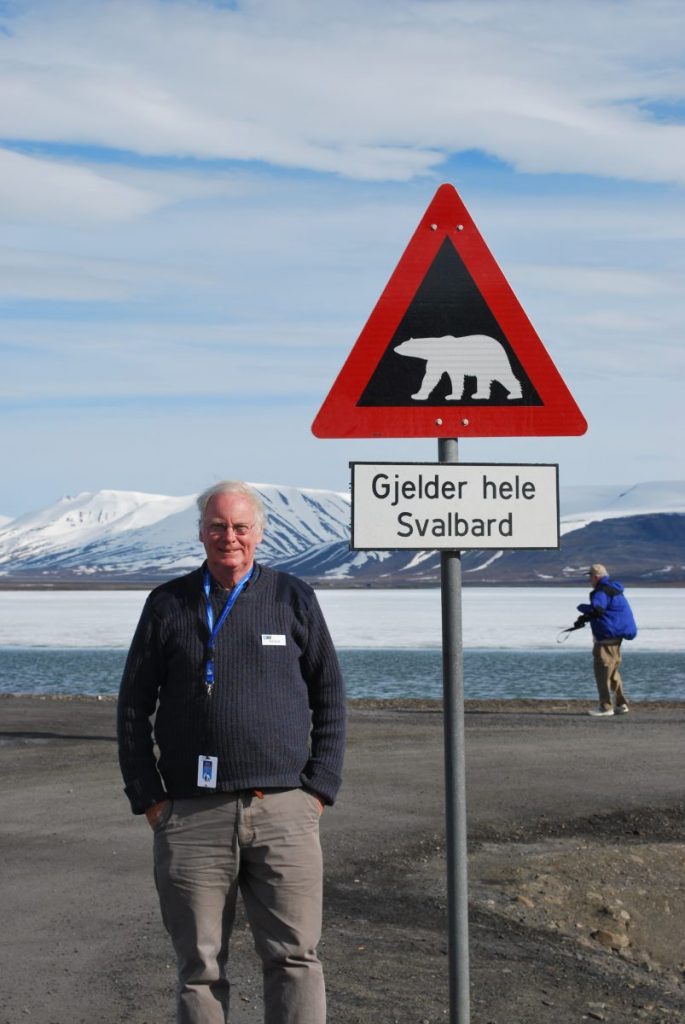
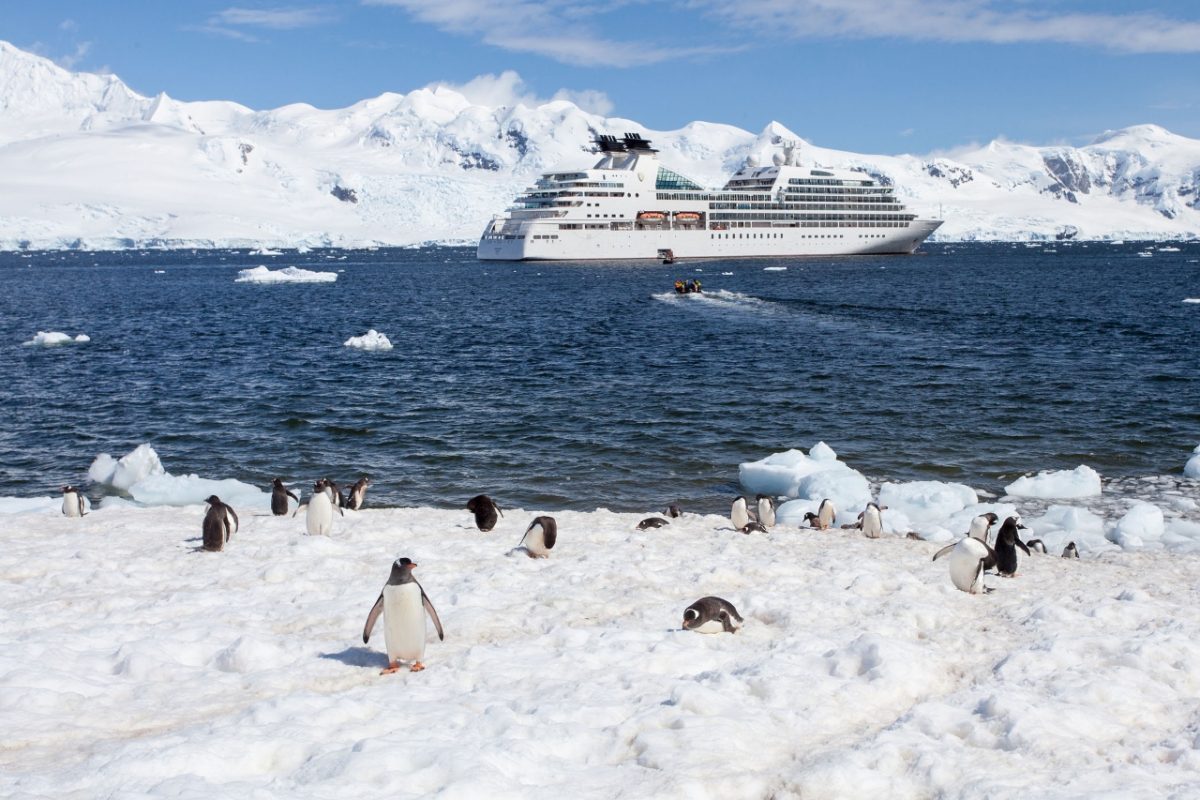
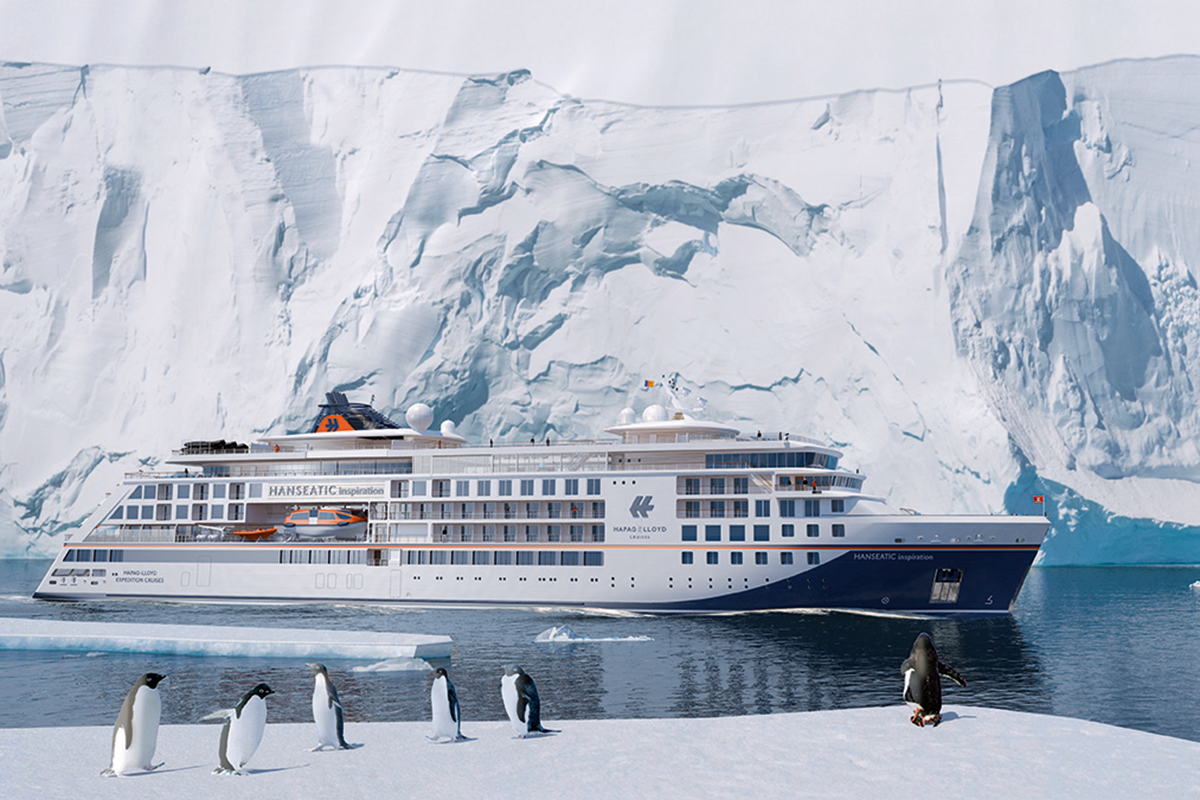
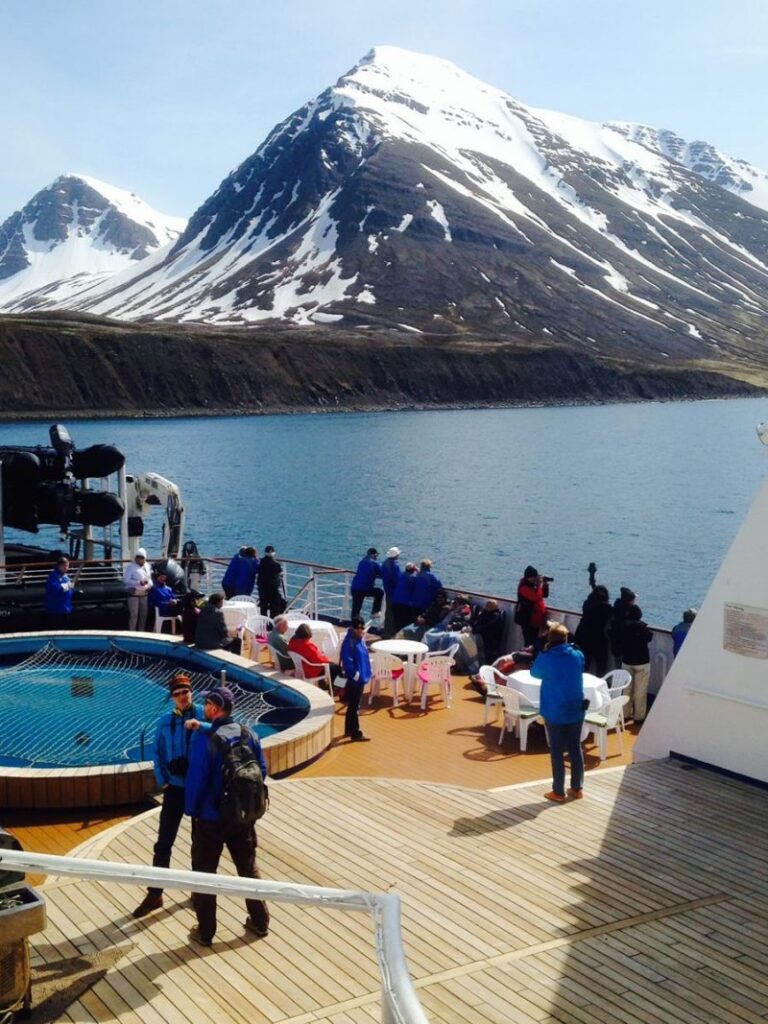








 HEIDI SARNA
HEIDI SARNA




